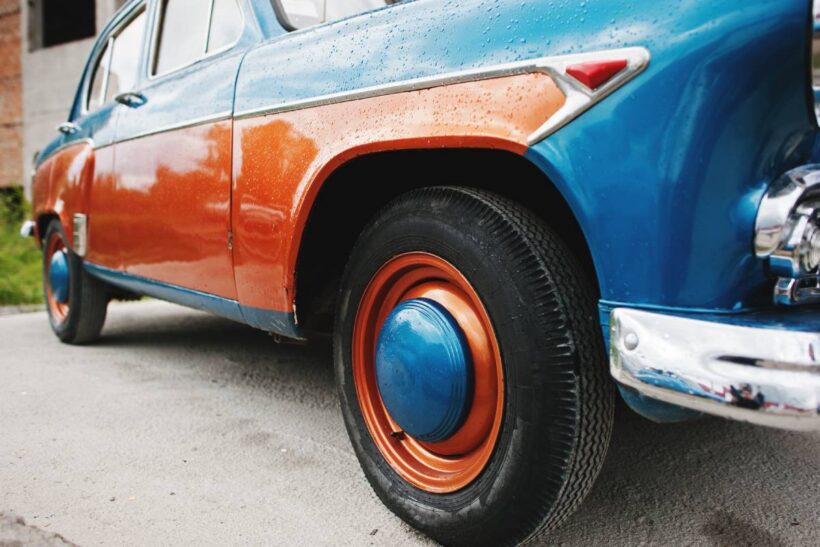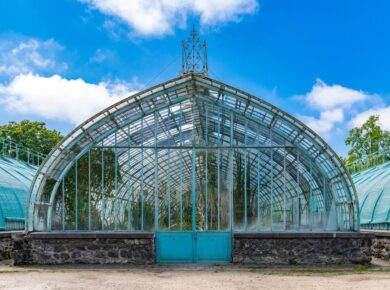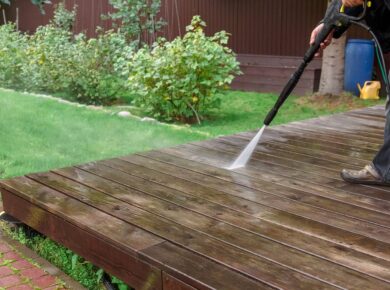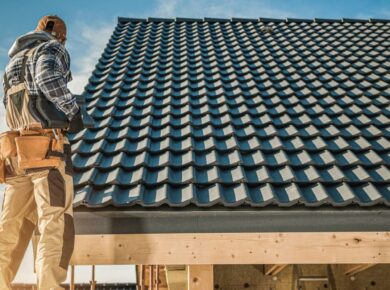“Even the best sword, if left in saltwater, will eventually rust.”
Sun Tzu, The Art of War.
In simpler terms, no matter how nice your car is, rust will catch up with it eventually.
Let’s break down the parts of your car most likely to rust, what rust means for your vehicle, and some tips to keep corrosion at bay.
When do cars start to rust? There’s no specific age when cars start rusting. Over time, wear and tear can chip away protective coatings, exposing metal to moisture. While older models might lack modern rust-proofing materials, the likelihood of your car becoming a rust bucket depends on various factors.
You might also read
What causes rust on my car?
So, if there is no specific time to have rust, why does my car have rust then? What causes it?
Rust on your car is primarily caused by a combination of oxygen, moisture, and certain environmental contaminants like road salt and pollutants. Here’s how it typically happens:
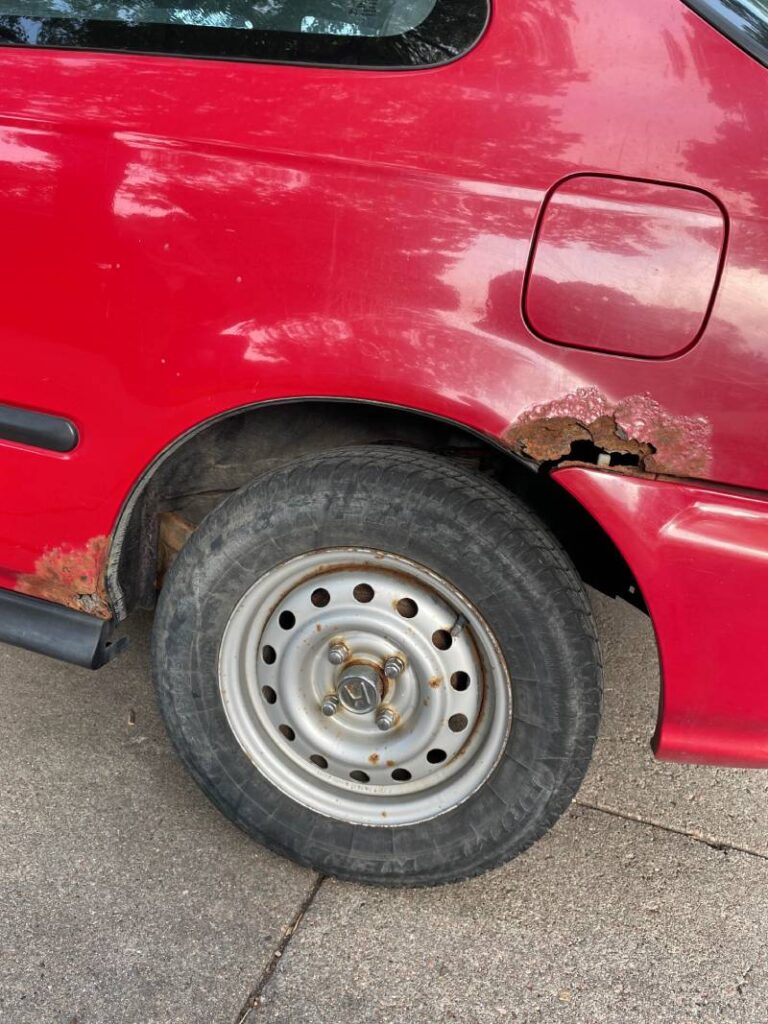
- Exposure to Moisture: Water is a key component in the formation of rust. When moisture comes into contact with the metal surface of your car, it initiates a chemical reaction called oxidation, which leads to the formation of rust.
- Oxygen: Oxygen from the air combines with the moisture on the metal surface to create iron oxide, commonly known as rust. This process is accelerated in areas with high humidity or where there’s consistent exposure to moisture.
- Road Salt and Pollutants: Road salt used for de-icing roads during winter, as well as other environmental pollutants, can speed up the rusting process. Salt, in particular, is highly corrosive and can accelerate rust formation, especially on the undercarriage of your car.
- Scratches and Chips: Any scratches, chips, or dings in the paint or protective coating of your car’s metal surfaces can expose the underlying metal to moisture and oxygen, facilitating rust formation. This is why it’s crucial to address any paint damage promptly to prevent rust from spreading.
- Poor Drainage: Areas of your car where water tends to accumulate and pool, such as inside wheel wells, around the edges of doors, and in trunk or hood seams, are particularly susceptible to rust if proper drainage is not maintained.
Regularly washing your car, especially in areas prone to salt or other corrosive substances, applying protective coatings or waxes, and promptly addressing any scratches or paint damage can help minimize the risk of rust formation and preserve the longevity of your vehicle’s metal surfaces.
What are the common rust locations?
Common rust locations on a car typically include:
- Wheel Wells: Moisture and debris can accumulate in the wheel wells, especially if the drainage system is compromised, leading to rust formation.
- Rock Chips: Chips or scratches in the paint caused by rocks or debris can expose the metal underneath, making it vulnerable to rust.
- Door Edges and Panels: Areas where the paint may be chipped or scratched, such as around door edges or along the lower edges of the doors, are susceptible to rust, particularly if moisture is allowed to penetrate.
- Trunk and Hood Seams: Seams where panels meet, such as those around the trunk and hood, are prone to rust if moisture is allowed to collect and remain trapped.
- Undercarriage: The undercarriage of the car is exposed to road debris, moisture, and salt, making it particularly vulnerable to rust, especially in regions with harsh winters or coastal environments.
- Fenders and Quarter Panels: These areas are often subjected to impacts from road debris, leading to paint damage and eventual rust formation.
- Behind License Plates: Moisture and debris can accumulate behind license plates, especially if they’re not properly sealed, leading to rust formation over time.
- Around Windows and Windshield: Improperly sealed or damaged window seals can allow moisture to seep into the metal around windows and windshields, leading to rust.
Regular inspections of these areas, especially after driving in harsh conditions or during seasonal changes, can help identify rust early and prevent it from spreading. Promptly addressing any paint damage and applying protective coatings can also help mitigate the risk of rust formation.
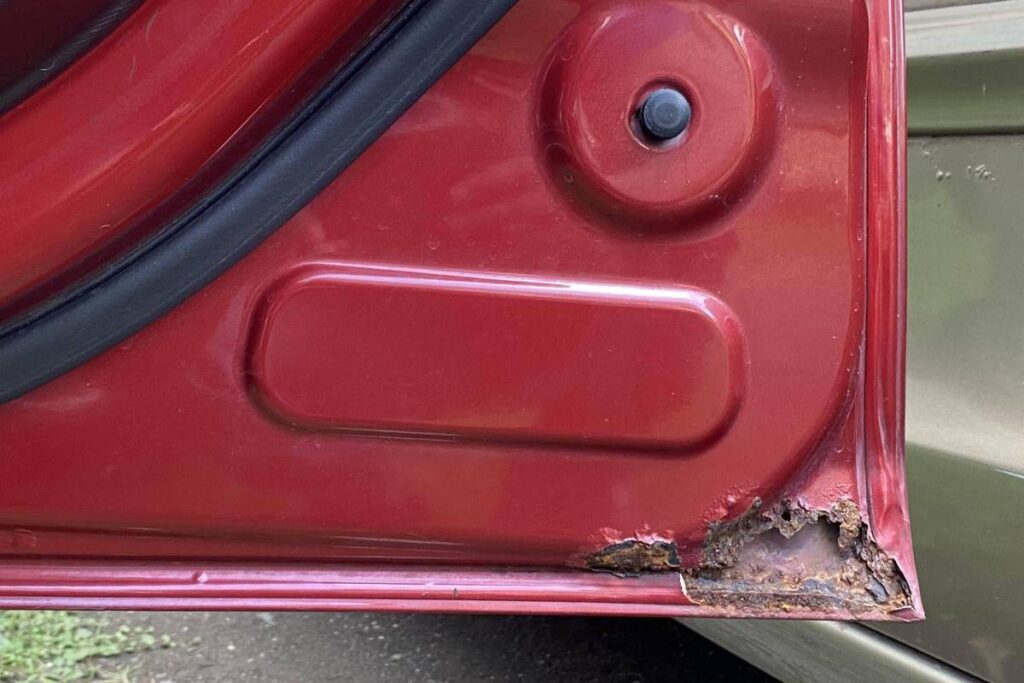
How much rust is too much on a car?
Determining how much rust is too much on a car depends on various factors, including the extent of the rust, its location, and your tolerance for cosmetic imperfections versus structural integrity concerns. Here are some guidelines to consider:
- Surface Rust: Surface rust that is limited to small areas and hasn’t penetrated deeply into the metal can often be addressed with relatively simple treatments like sanding, priming, and repainting. However, it’s essential to address it promptly to prevent it from spreading.
- Structural Rust: Rust that has compromised the structural integrity of critical components like the frame, suspension mounts, or safety-related parts should be a cause for concern. Structural rust can weaken the car’s chassis, affecting its safety and drivability. In such cases, extensive repairs may be needed, and it’s advisable to consult a professional mechanic or body shop for an assessment.
- Hidden Rust: Rust in concealed areas, such as inside body panels or undercarriage components, can be challenging to detect and may require more thorough inspection techniques. Hidden rust can often be more advanced than what is visible on the surface, so it’s crucial to address any signs of rust promptly.
- Cosmetic Considerations: Some rust may be purely cosmetic and not affect the car’s performance or safety. If you’re primarily concerned about the car’s appearance, you may have a higher tolerance for superficial rust. However, keep in mind that cosmetic rust can still worsen over time if left untreated, potentially leading to more significant problems down the line.
Ultimately, when assessing rust on a car, it’s essential to consider factors such as the vehicle’s age, overall condition, and intended use. Regular inspections, especially in rust-prone areas, can help catch rust early and prevent it from becoming a more significant issue. If you’re unsure about the extent of rust on your car or its potential impact, consulting with a qualified mechanic or body shop is advisable.
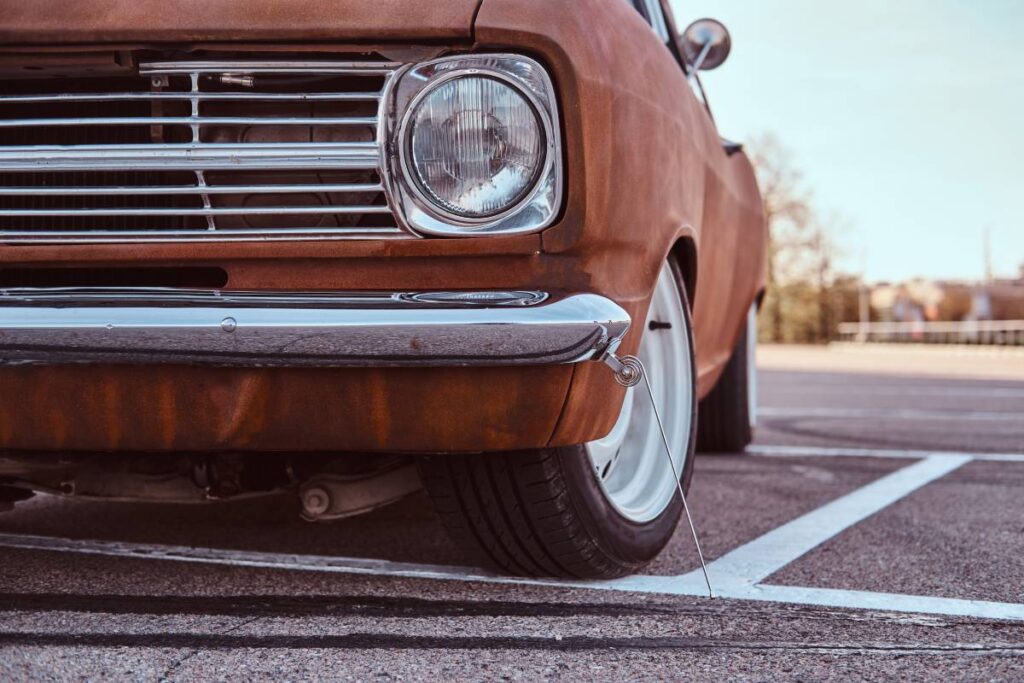
How to prevent rust?
Preventing rust on your car involves a combination of proactive maintenance and protective measures. Here are some tips to help prevent rust:
- Regular Washing: Washing your car regularly, especially during and after winter months or after driving on salted roads, helps remove dirt, debris, and corrosive substances like road salt that can contribute to rust formation.
- Keep Your Car Clean and Dry: Make sure to dry your car thoroughly after washing, paying attention to areas where water can accumulate, such as inside door frames and the undercarriage. Keeping your car clean and dry helps prevent moisture from settling on metal surfaces and initiating the rusting process.
- Apply Wax or Sealant: Applying a coat of wax or sealant to your car’s paint helps create a protective barrier against moisture, pollutants, and other environmental contaminants. Regularly waxing your car can help maintain its protective layer and prevent rust.
- Address Paint Damage Promptly: Repair any scratches, chips, or dings in your car’s paint as soon as possible to prevent moisture from reaching the underlying metal. Touch-up paint or professional repairs can help maintain the integrity of the paint and prevent rust from developing.
- Rust Inhibitor Sprays: Consider using rust inhibitor sprays or coatings on vulnerable areas of your car, such as the undercarriage, wheel wells, and inside door panels. These products help create a protective barrier against rust and corrosion.
- Inspect and Maintain Drainage Systems: Ensure that drainage systems, such as those in wheel wells and along the edges of doors, are clear and functioning correctly to prevent water from accumulating and causing rust.
- Keep Rust-Prone Areas Clean: Pay particular attention to areas of your car that are prone to rust, such as the undercarriage, wheel wells, and seams. Regularly cleaning these areas and removing any accumulated dirt, debris, or moisture can help prevent rust from forming.
- Rustproofing: Consider rustproofing treatments for your car, especially if you live in areas with harsh winters or coastal environments where salt and moisture are significant factors in rust formation. Rustproofing treatments can provide an additional layer of protection against rust and corrosion.
Final thought
If you notice your car starting to show signs of corrosion, like paint bubbles or surface rust, you can likely fix it before it becomes a big issue. In fact, you might even be able to handle minor repairs yourself. Just be sure to assess the extent of the damage before tackling any DIY fixes. And remember, the sooner you address the problem, the better your chances of resolving it.
